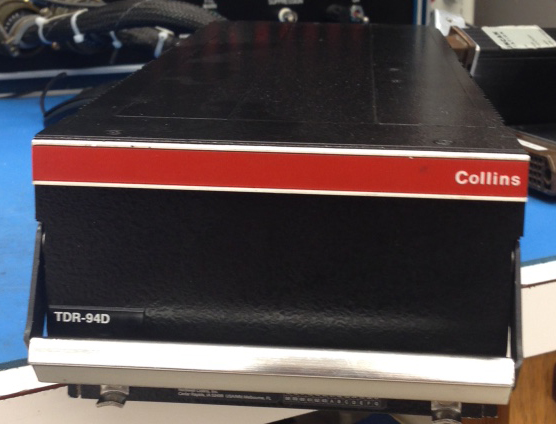There are a number of steps you can take before just pulling a unit and sending it in for repair. Any one of them could save you a lot of time and considerable sum of money.
Audio Panels
 “Bleed over/Loud noise” is one of the most common squawks we get when an audio panel is sent to us for repair. Most of the time, the cause of this squawk is simply that the sidetone (hearing yourself talk) or interphone (hearing others crew members talk) may be set too high.
“Bleed over/Loud noise” is one of the most common squawks we get when an audio panel is sent to us for repair. Most of the time, the cause of this squawk is simply that the sidetone (hearing yourself talk) or interphone (hearing others crew members talk) may be set too high.
These can be adjusted through access holes on the side or front of the units. Sometimes, these potentiometers are labeled on the case. Other times, you will have to consult the install manual to find the correct potentiometer. I recommend you use a flat plastic adjustment tool, as metal can easily slip and short out a nearby component if there is power to the unit.
Rad Alt (Radio Altimeter)
Radio Altimeters are critical during take offs and landings. They provide warnings when the aircraft is at an altitude of 2,500 feet or less. When these units are sent in for repair, erroneous readings are the most common indicated squawk. Pilots have reported receiving terrain call outs at 30,000 feet when the aircraft is nowhere near terrain. This may or may not be the radio altimeter unit failing. The most efficient way to determine the source of the squawk is to swap out the unit and fly the aircraft again at altitude. The Rad Alt self-test only checks to a limited altitude and does not test the entire system. If the unit works on the bench, but fails at altitude, a lot of times this indicates an issue with the antenna or the cabling to the antenna. Sometimes moisture can cause corrosion between the antenna and the fuselage or the cabling becomes nicked or damaged. The cabling or antenna connectors often become intermittent as well.
DME (Distance Measuring Equipment)

We understand that not every operator has a spare unit just sitting on the shelf for troubleshooting purposes. For that reason, we have an inventory of loaner parts that you can borrow as you work through diagnosing squawks to help you avoid downtime if your unit does need to be sent in for repair.
 Scott McKenzie
Avionics Tech Rep
Citation, Falcon, Hawker, Learjet Lincoln, NE (LNK)
+1 402.479.4212
Scott McKenzie
Avionics Tech Rep
Citation, Falcon, Hawker, Learjet Lincoln, NE (LNK)
+1 402.479.4212
January 2026
December 2025
December 2025
November 2025
October 2025